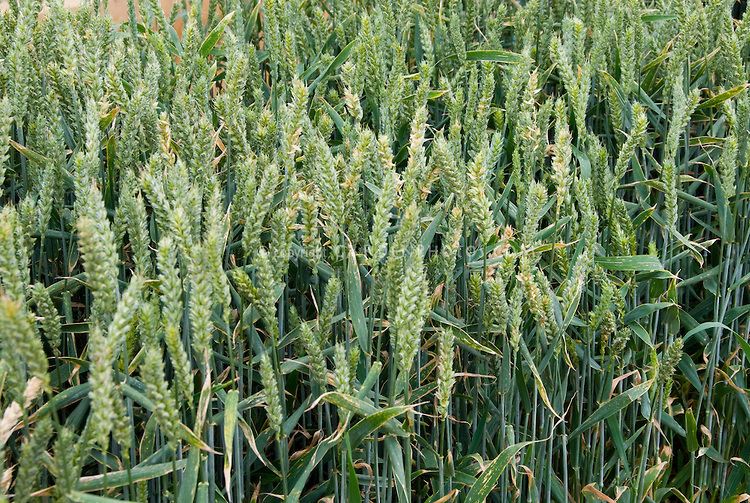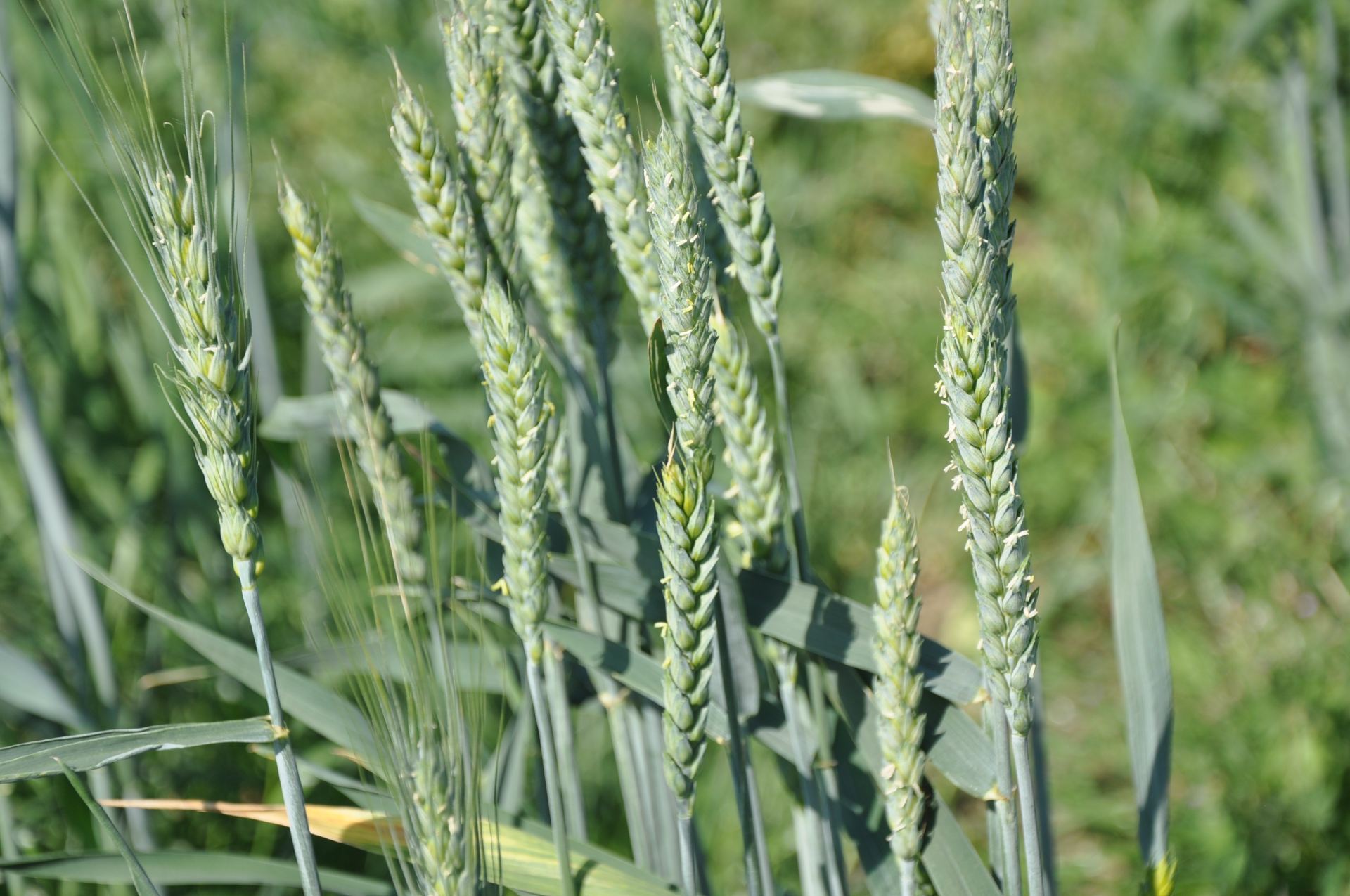 Lanouari Sanâa, El Haddoury Jamal, Udupa Sripada Mahabala, Henkrar Fatima, Nasser Boubker, Bencharki Bouchaib
Lanouari Sanâa, El Haddoury Jamal, Udupa Sripada Mahabala, Henkrar Fatima, Nasser Boubker, Bencharki Bouchaib
Laboratory of Agrofood and Health, Faculty of Sciences and Technologies, University Hassan 1, Settat, Morocco
Laboratory of Biochemistry and Neuroscience, Faculty of Sciences and Technologies, University Hassan 1, Settat, Morocco
Laboratory of Plant Biotechnology, Regional Center for Agricultural Research, Settat, Morocco
ICARDA-INRA Cooperative Research Project, International Center for Agricultural Research in the Dry Areas (ICARDA), Rabat, Morocco
Unit of Biotechnology Research, Regional Center for Agricultural Research, Rabat, Morocco
Key words: Bread wheat, Breeding strategy, Drought, Hessian fly, Glutenin, Phenotypic selection, Rust.
Abstract
Genetic diversity in crop specie is essential to breed buffered genotypes capable to withstand under biotic and abiotic stress conditions. An approach called genotypic selection based on the widespread conventional selection with the use of information of the molecular markers can facilitate breeding strategy by providing effective achievement of biotic stress resistance reducing in mean time generation interval and investments in ecologicalfriendly crop production is reviewed. Also the phenotypic selection is an important step in breeding programs, and genetic variability increases the chances of obtaining variance in progenies.  In this study, we present a practical validation of the breeding strategy to produce bread wheat lines derived from a three elite cultivar with superior dough properties and durable rust resistance. Molecular markers were used to screen a double hybrid population produced from a cross between the three varieties of bread wheat considered as donor parents: Dharwar, Annuello and Stylet crossed with six varieties considered as recurrent parents: Achtar, Aguilal, Merchouch, Baraka, Salama and Amal. Following the phenotypic selection was applied for the doubled haploid plants to select new genotypes for rust resistance, Hessian fly resistance, drought tolerance and grain protein content.
In this study, we present a practical validation of the breeding strategy to produce bread wheat lines derived from a three elite cultivar with superior dough properties and durable rust resistance. Molecular markers were used to screen a double hybrid population produced from a cross between the three varieties of bread wheat considered as donor parents: Dharwar, Annuello and Stylet crossed with six varieties considered as recurrent parents: Achtar, Aguilal, Merchouch, Baraka, Salama and Amal. Following the phenotypic selection was applied for the doubled haploid plants to select new genotypes for rust resistance, Hessian fly resistance, drought tolerance and grain protein content.
Get the original articles in Source: Volume 7, Number 5, November 2015 – IJAAR
Journal Name: International Journal of Agronomy and Agricultural Research (IJAAR)
Published By: International Network for Natural Sciences
